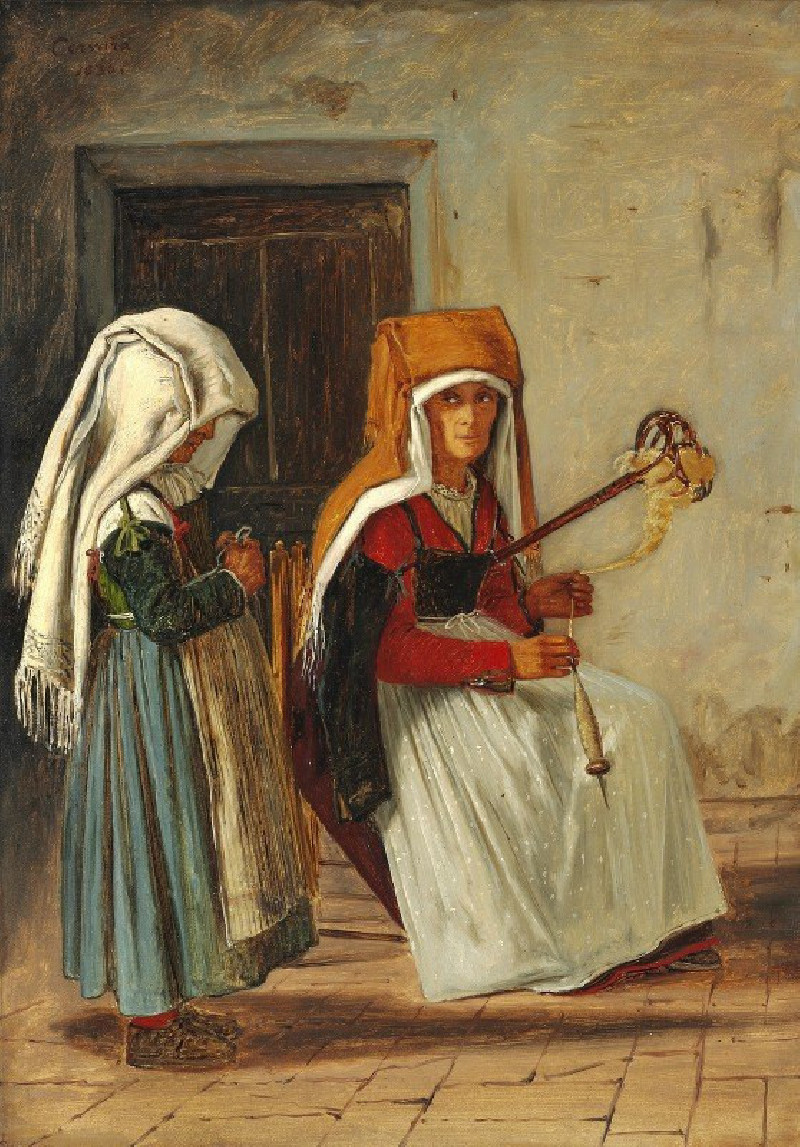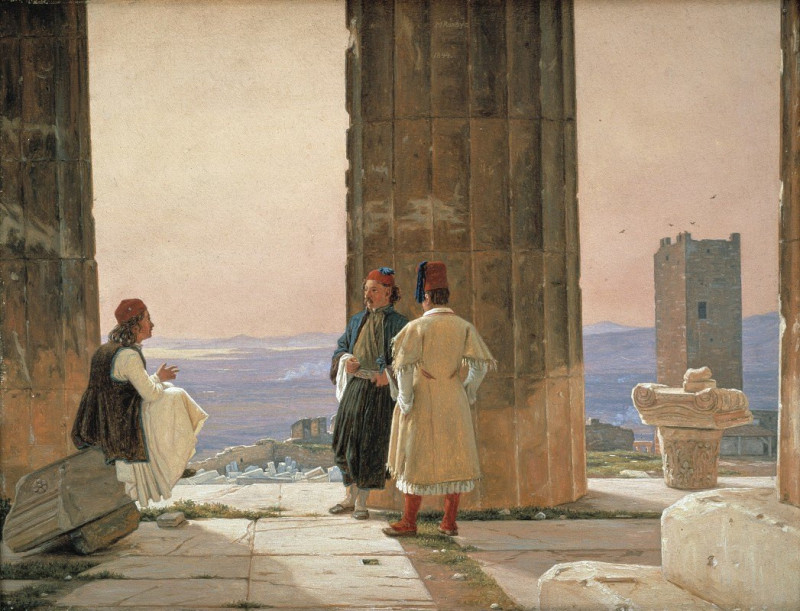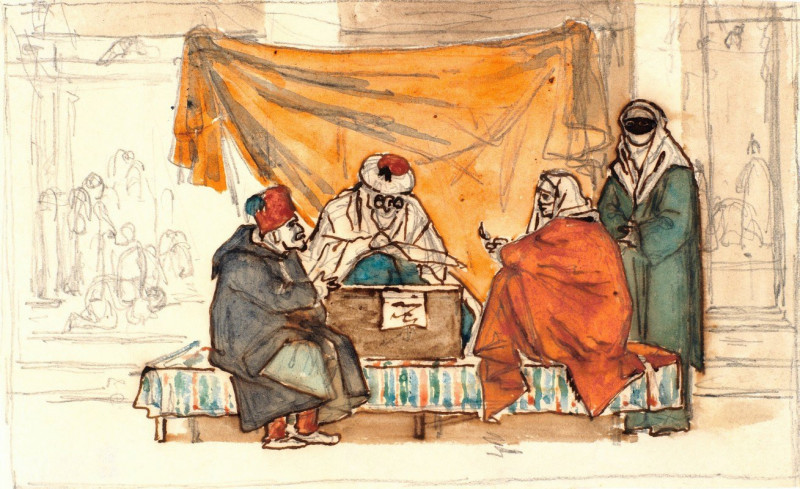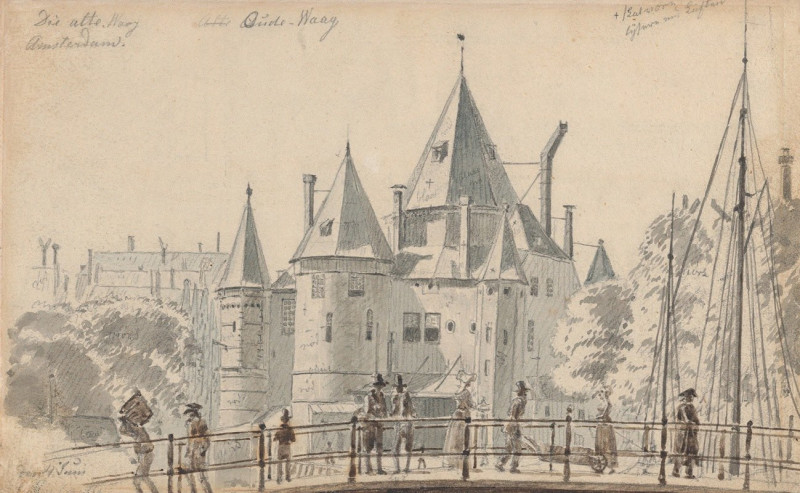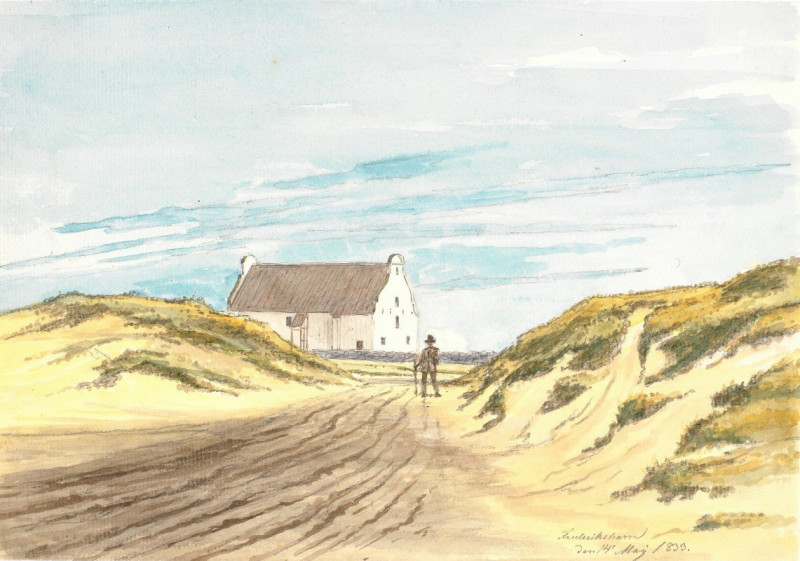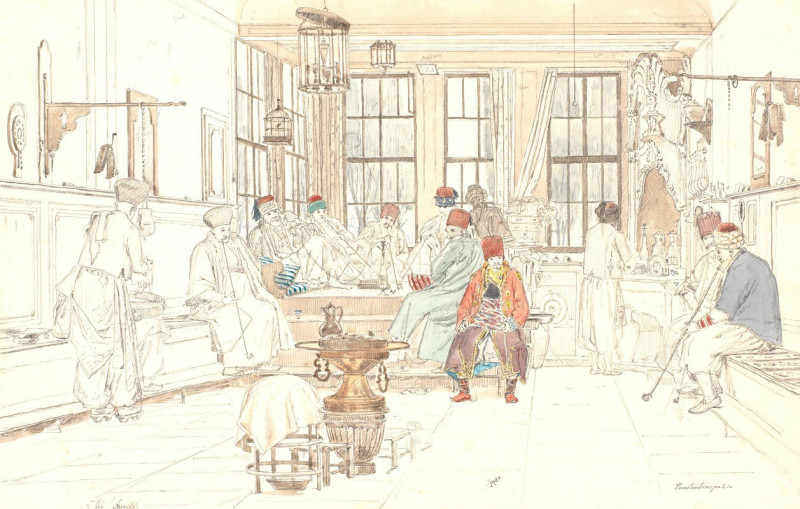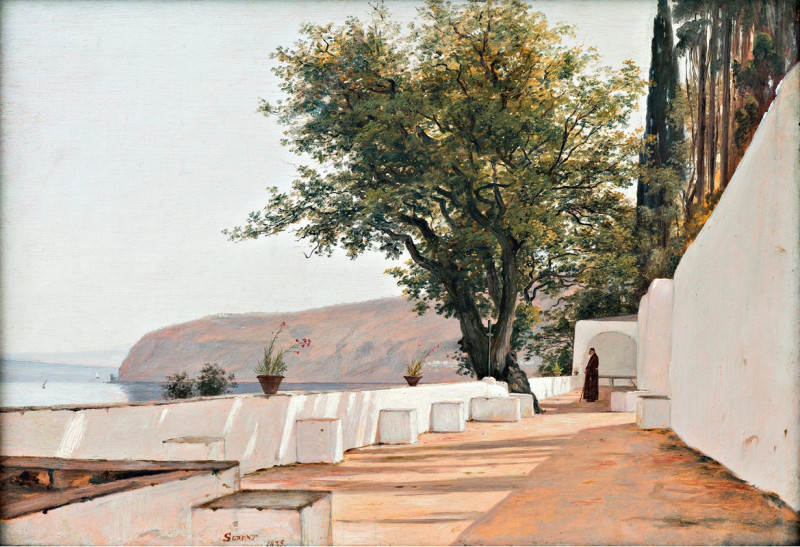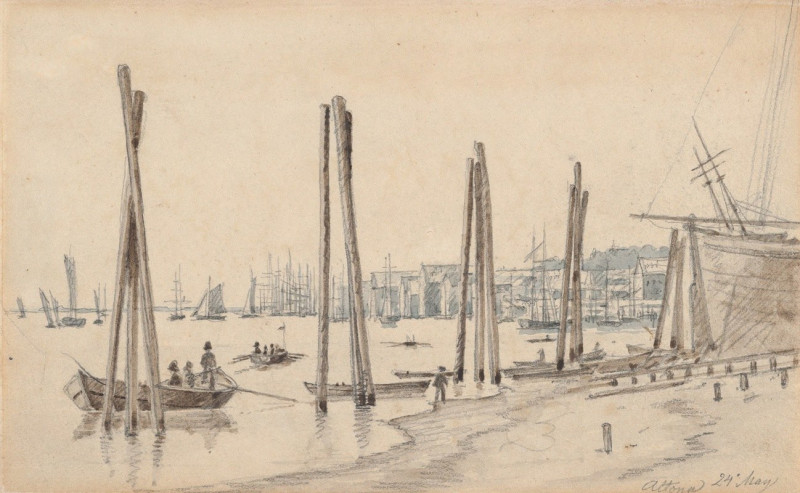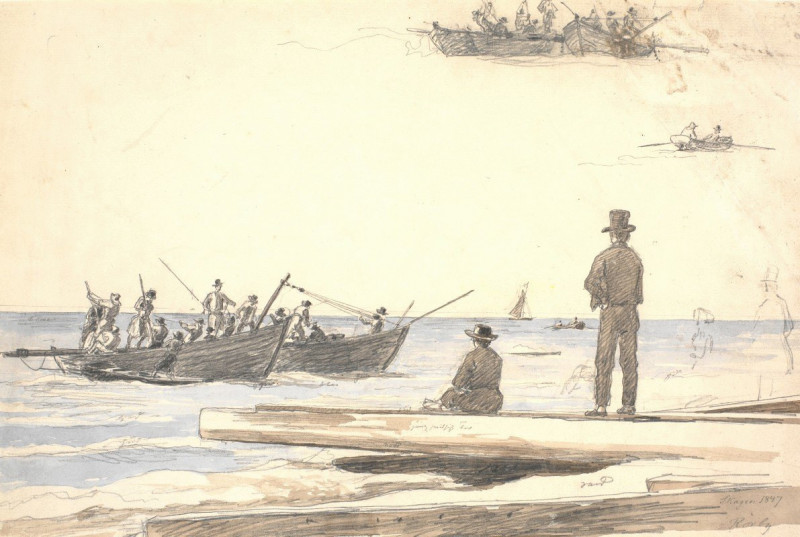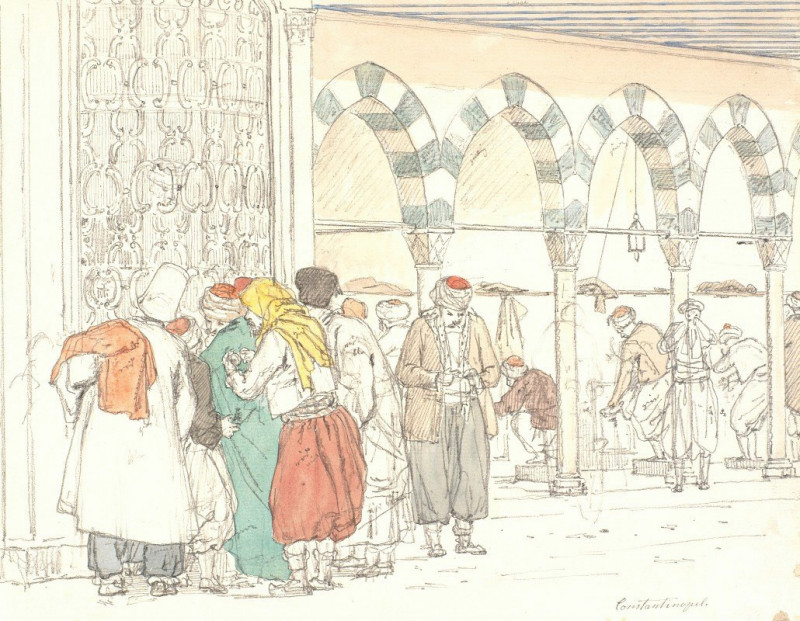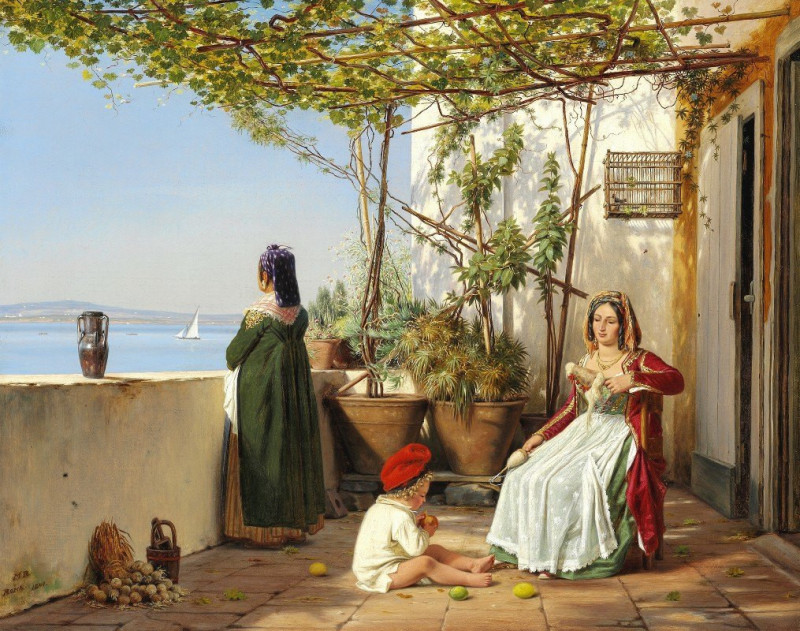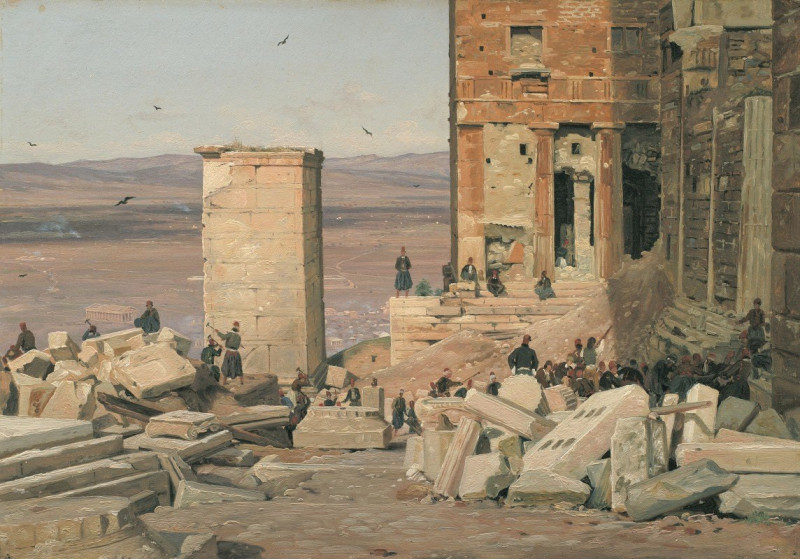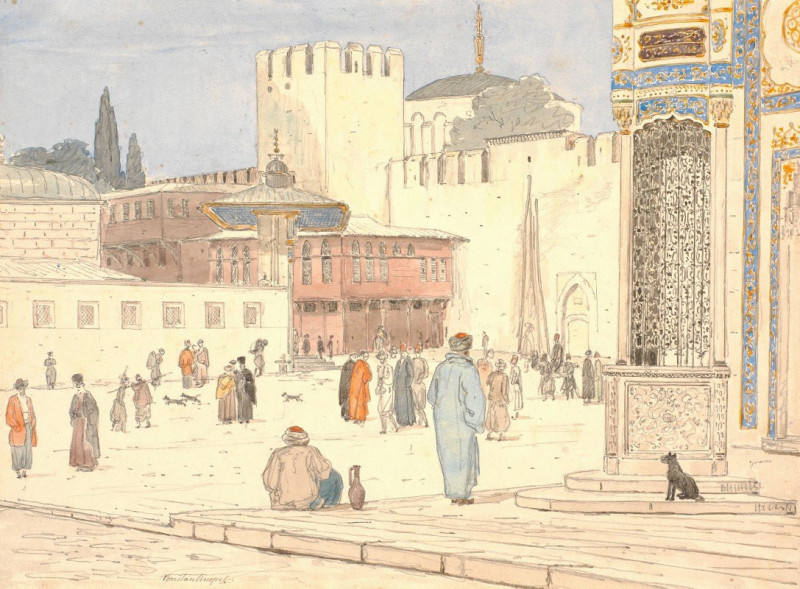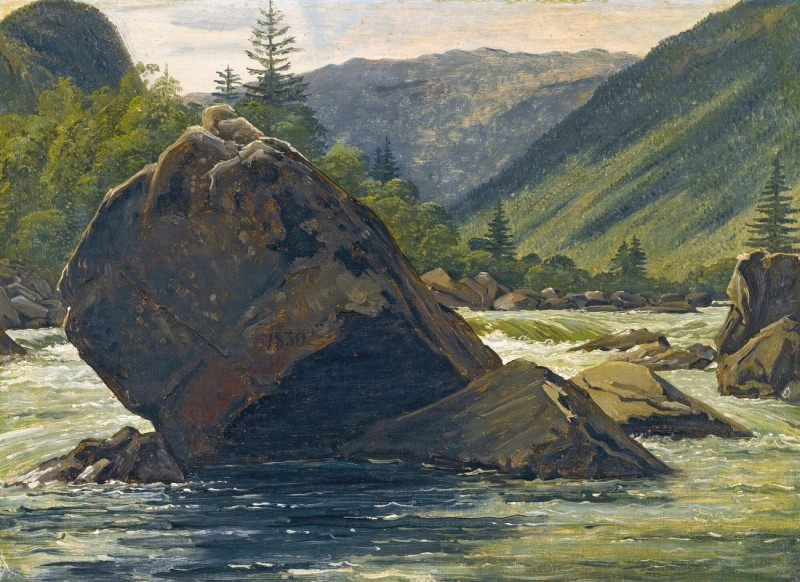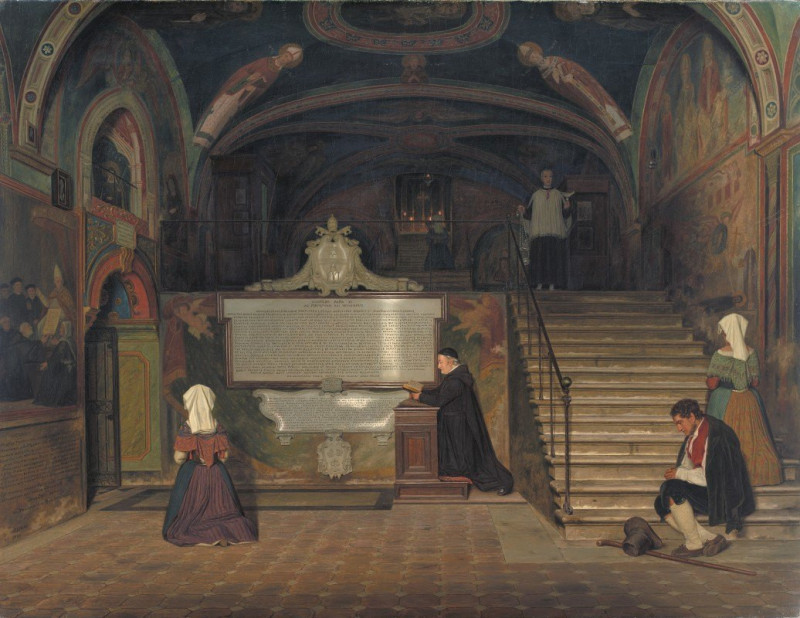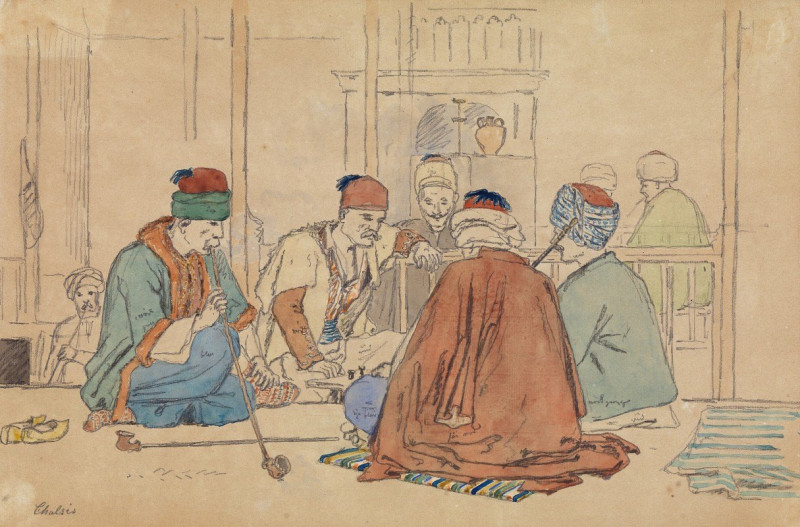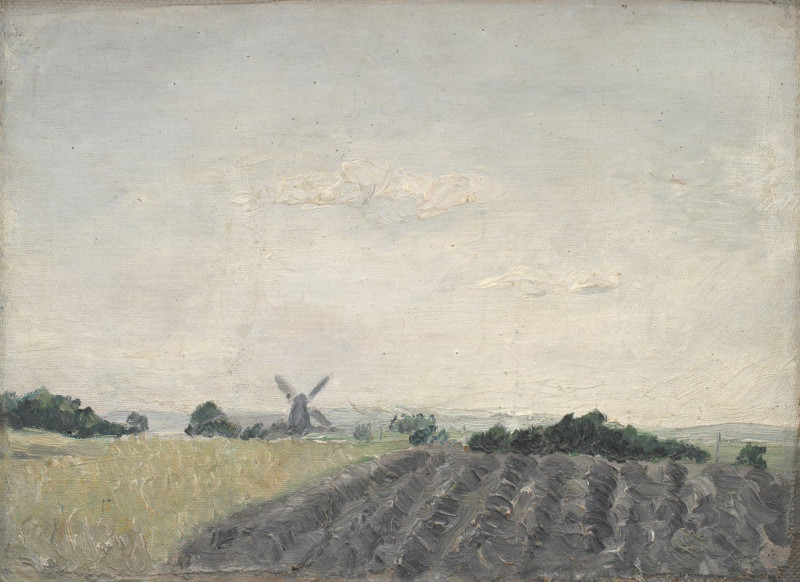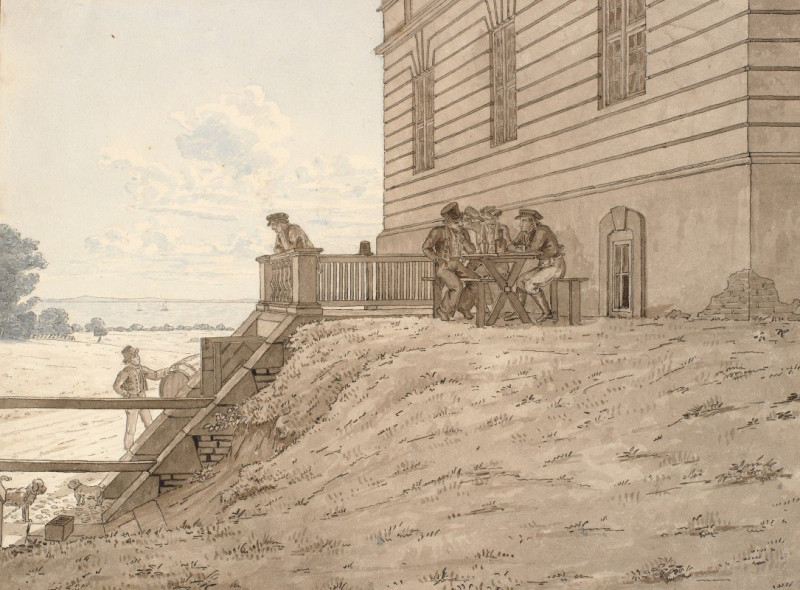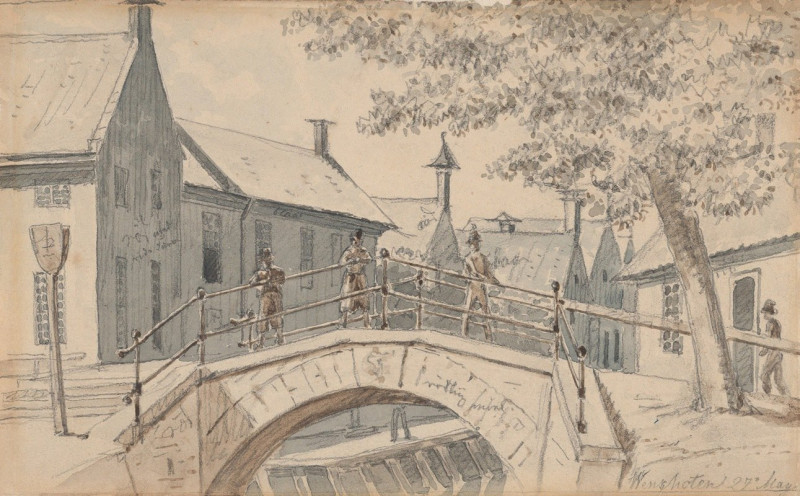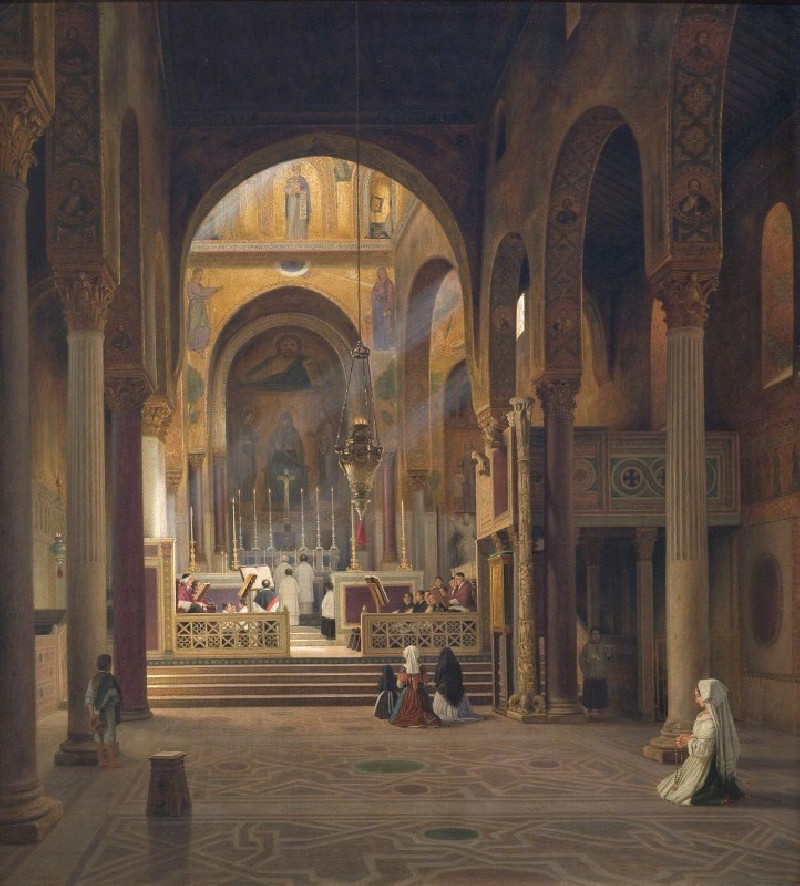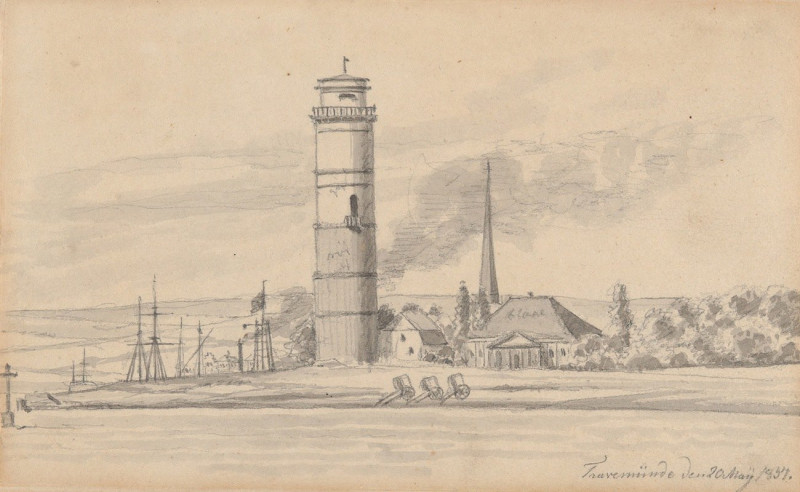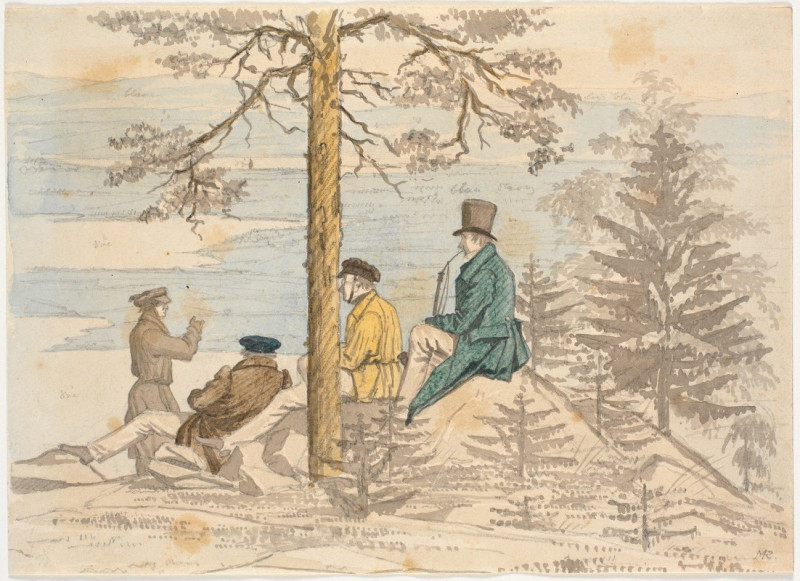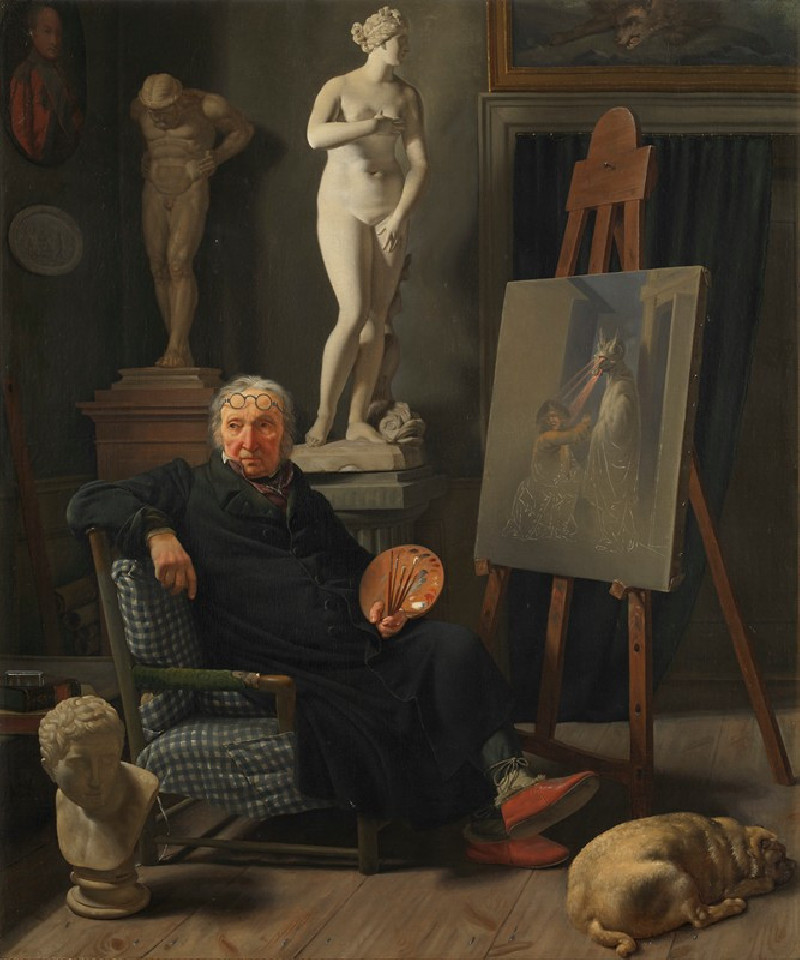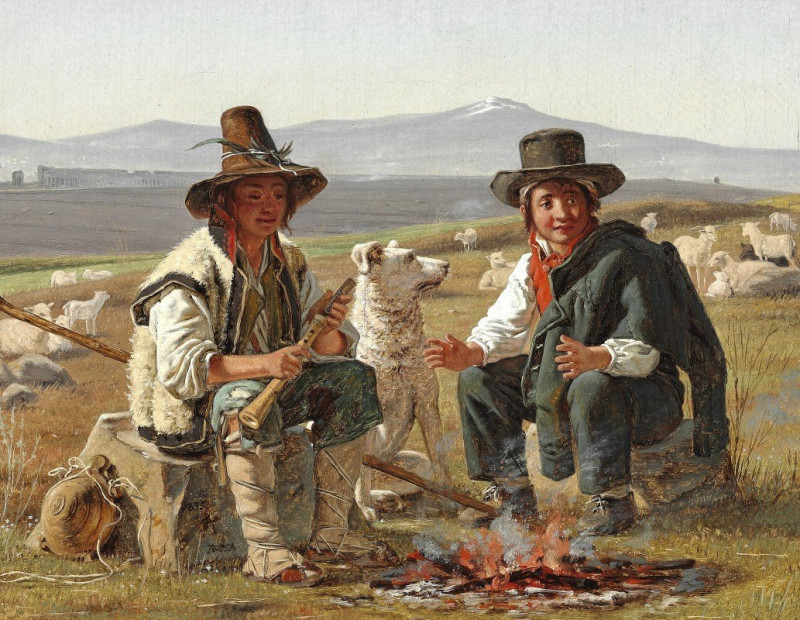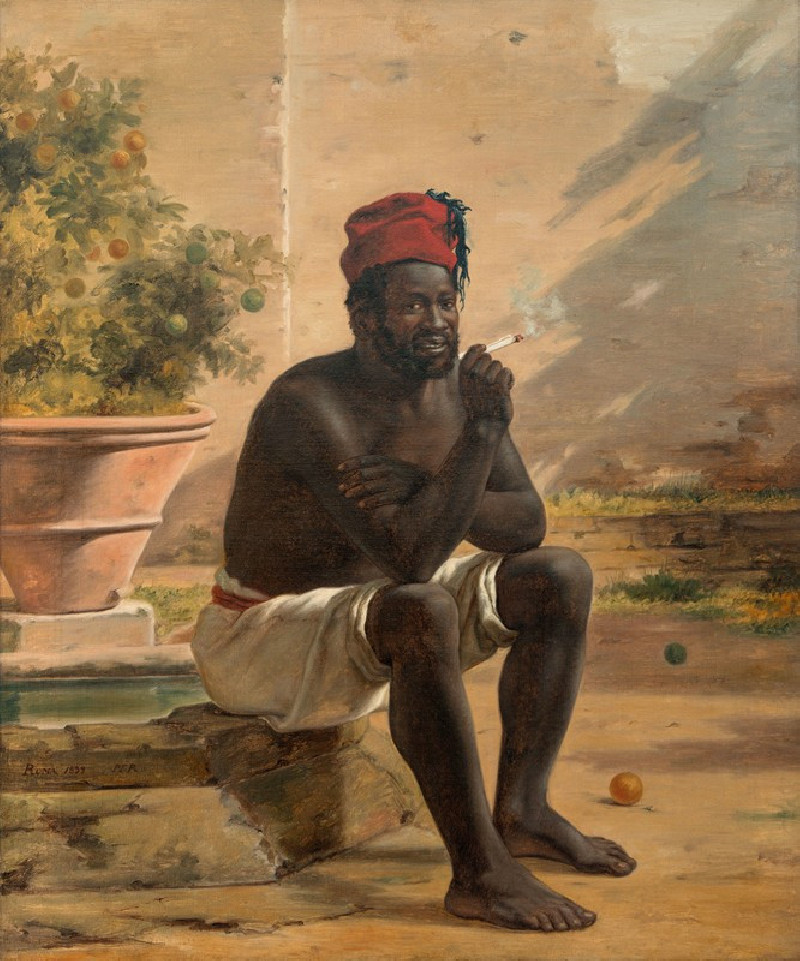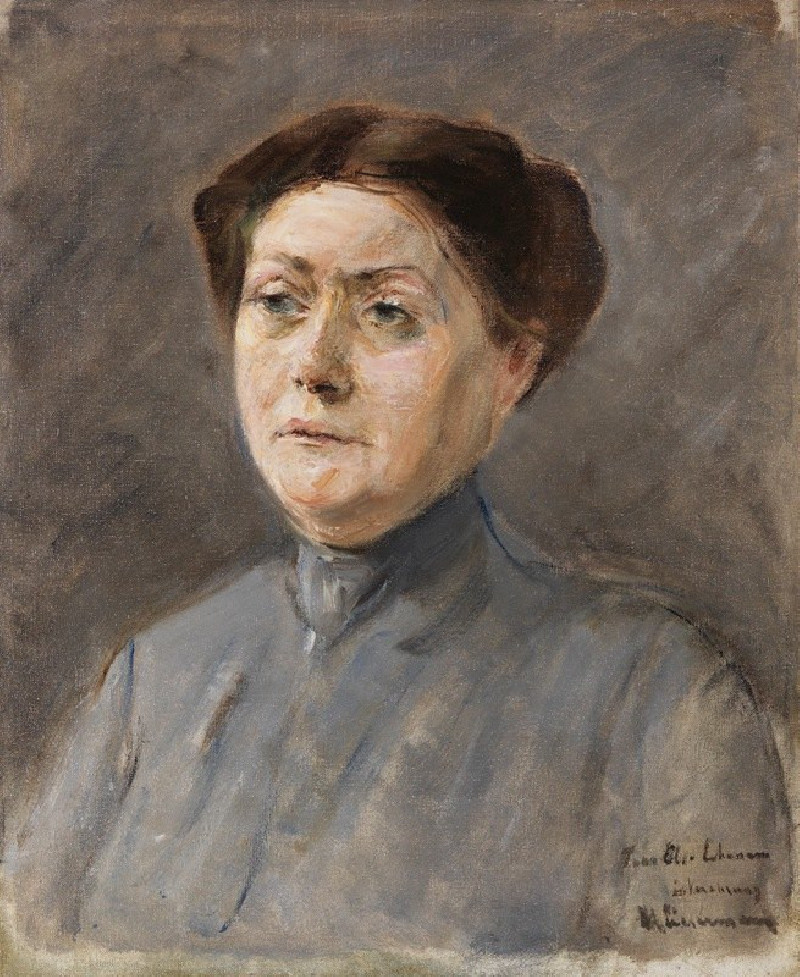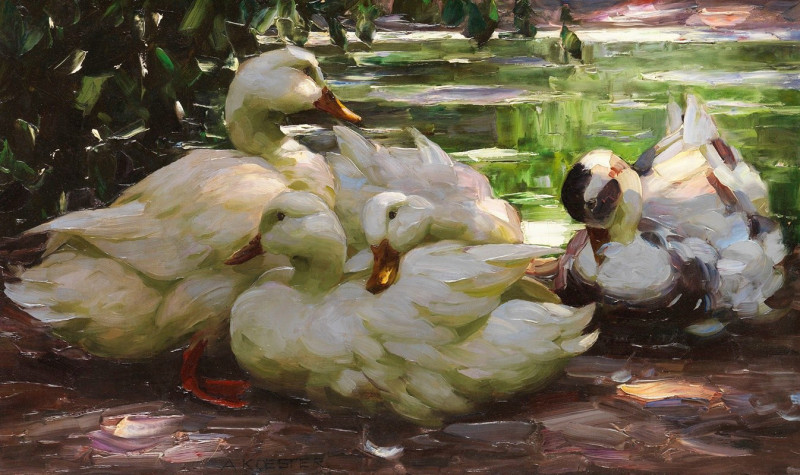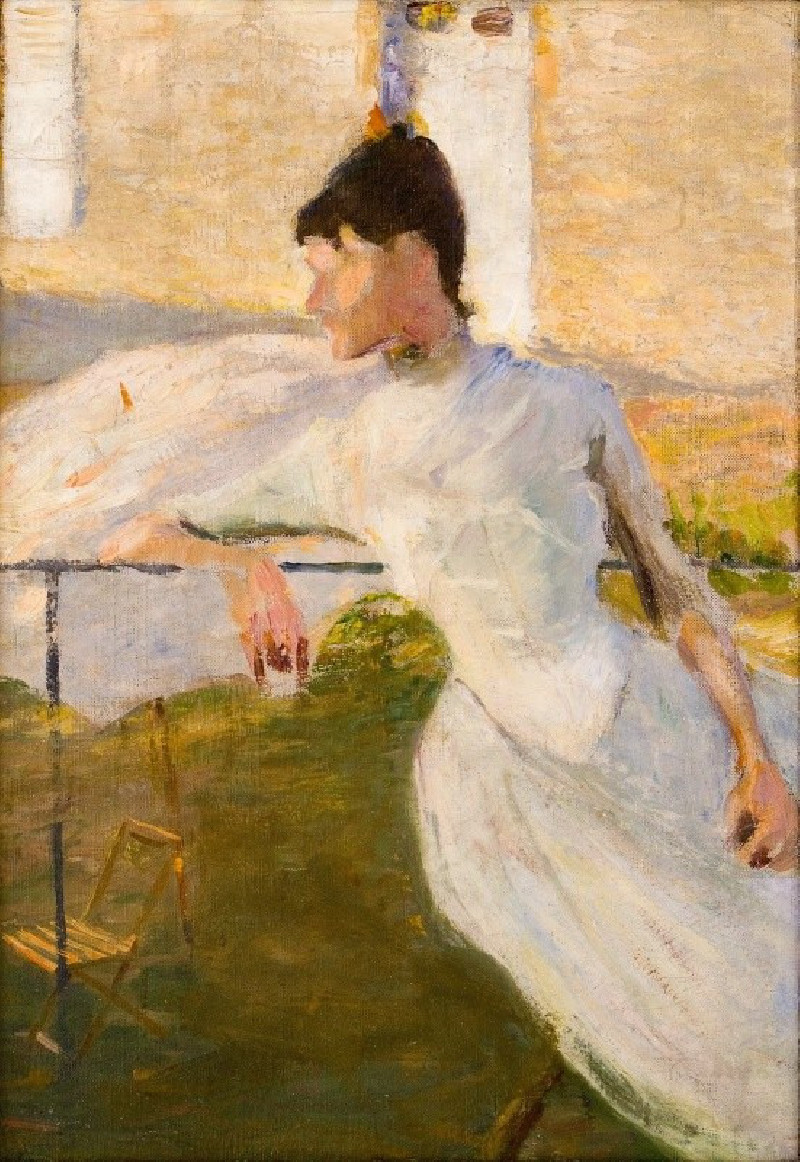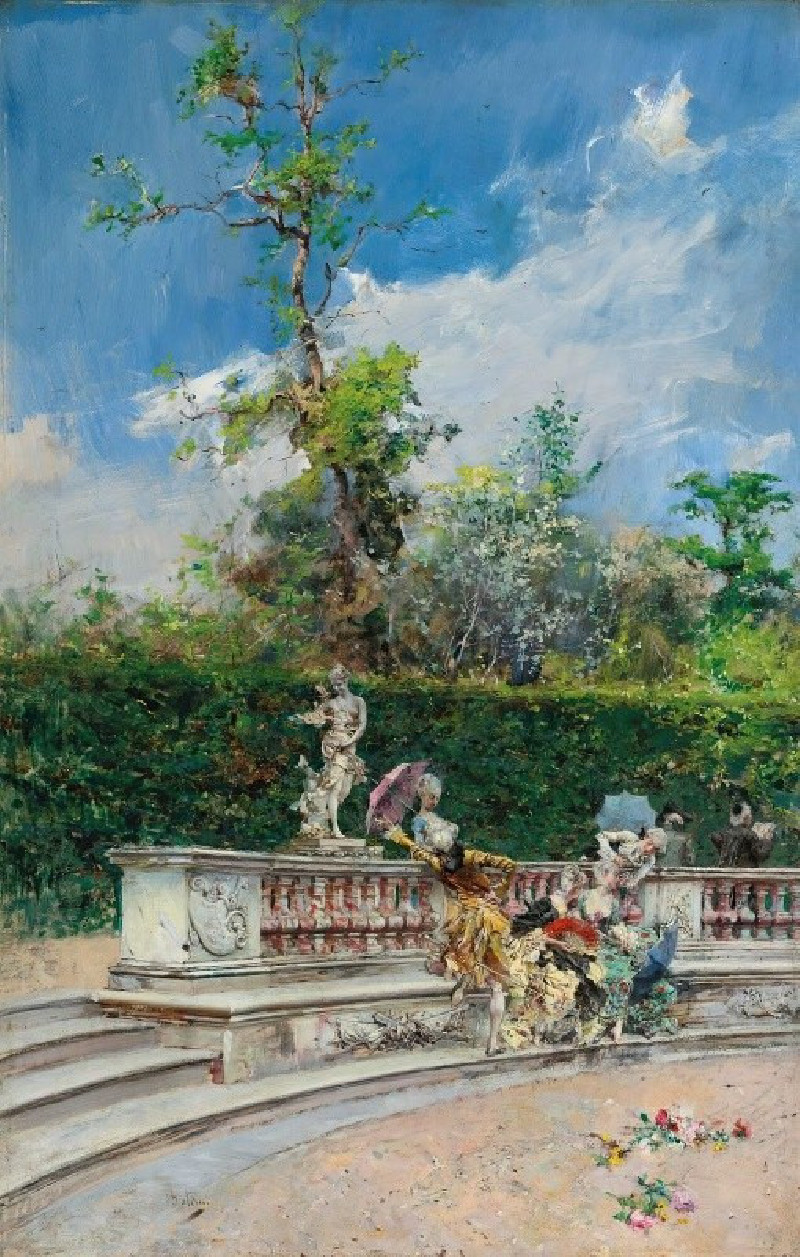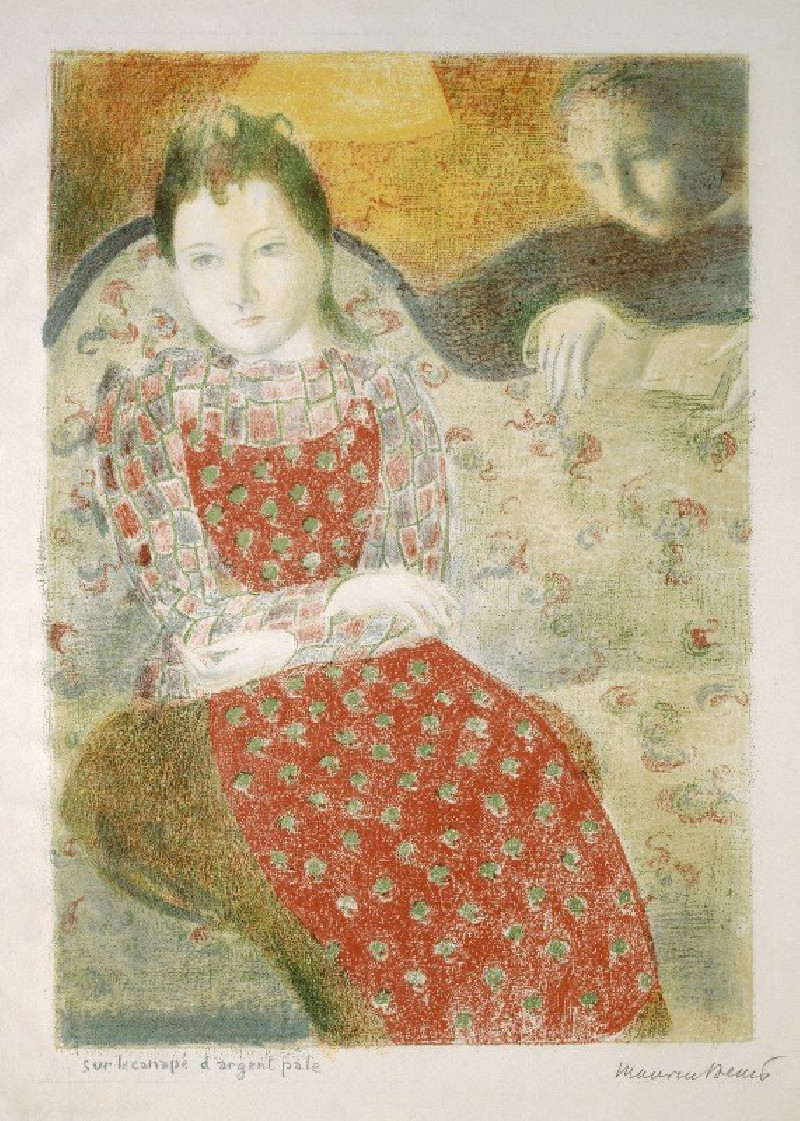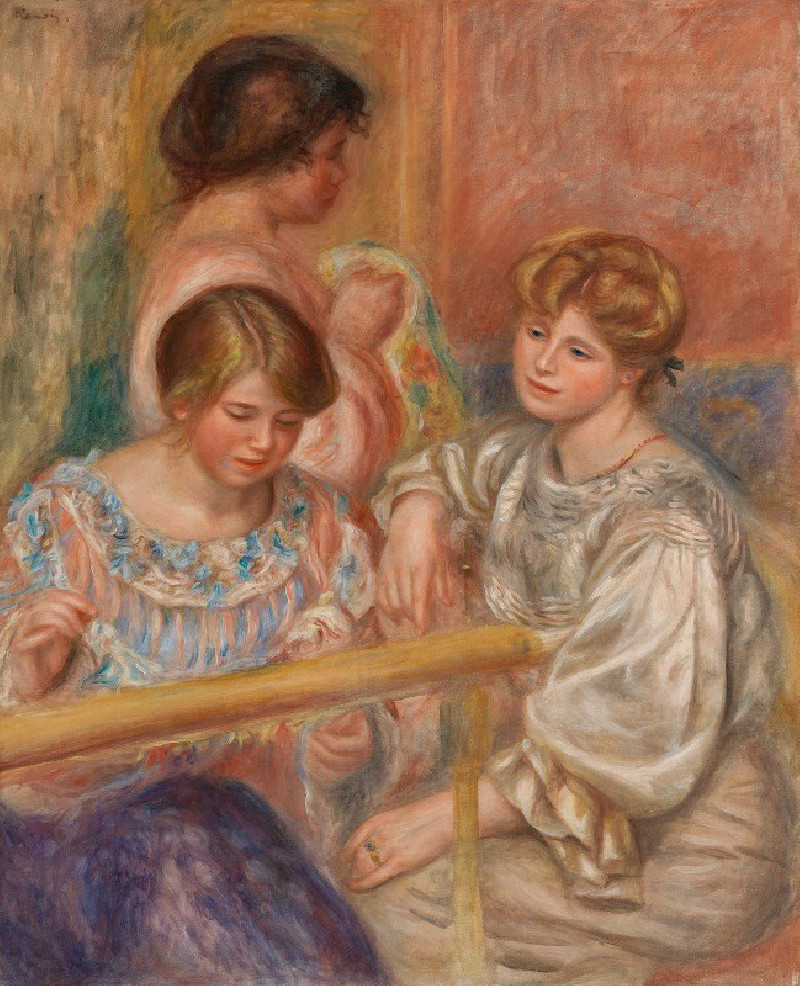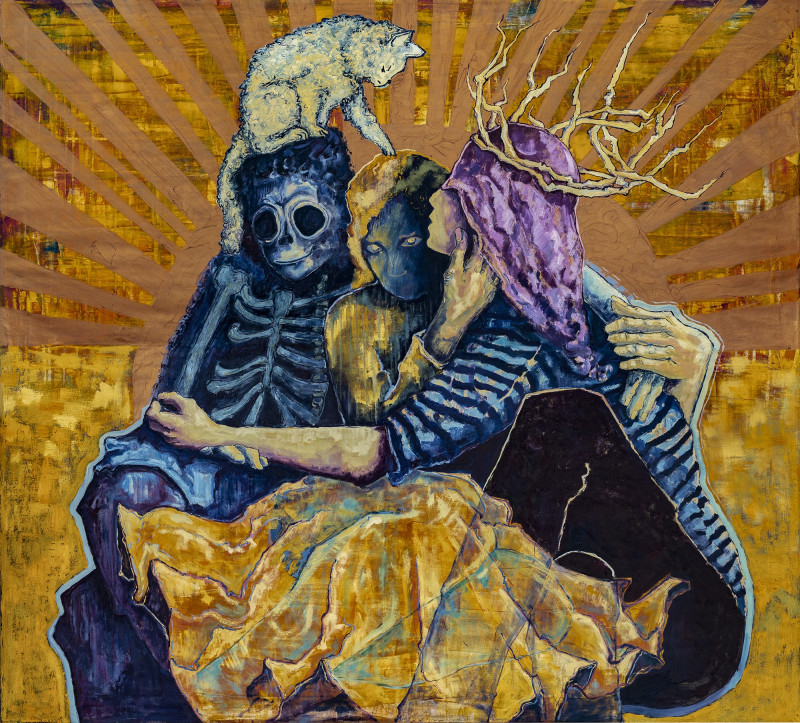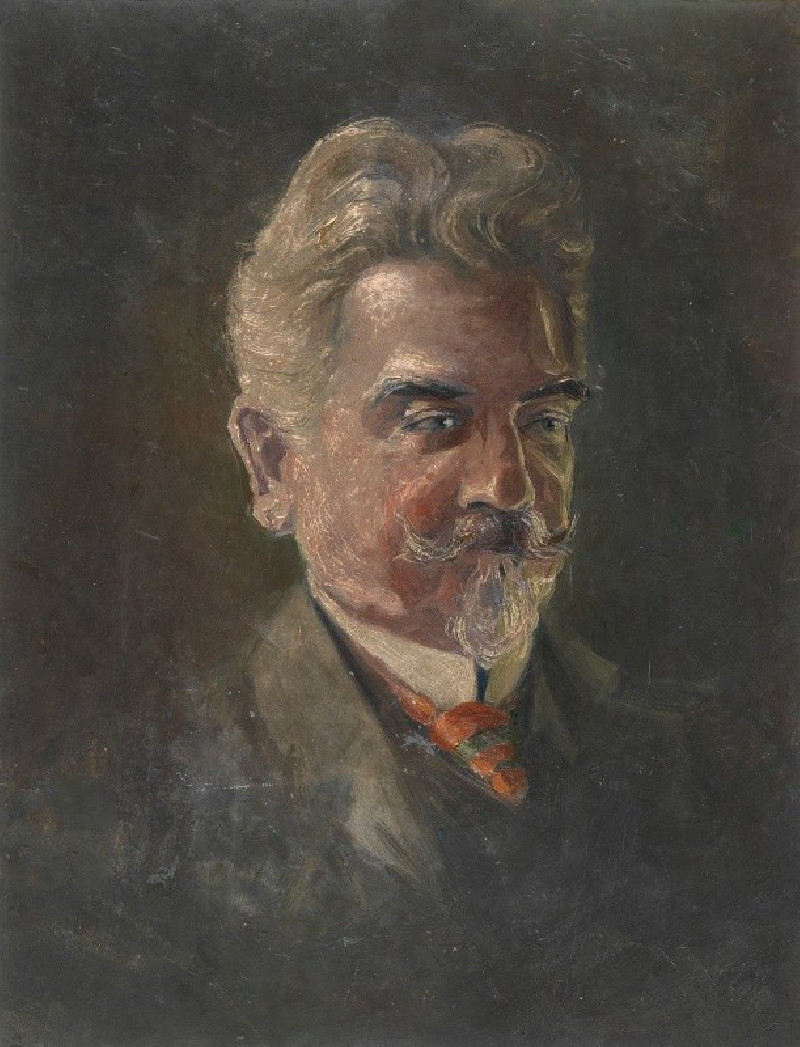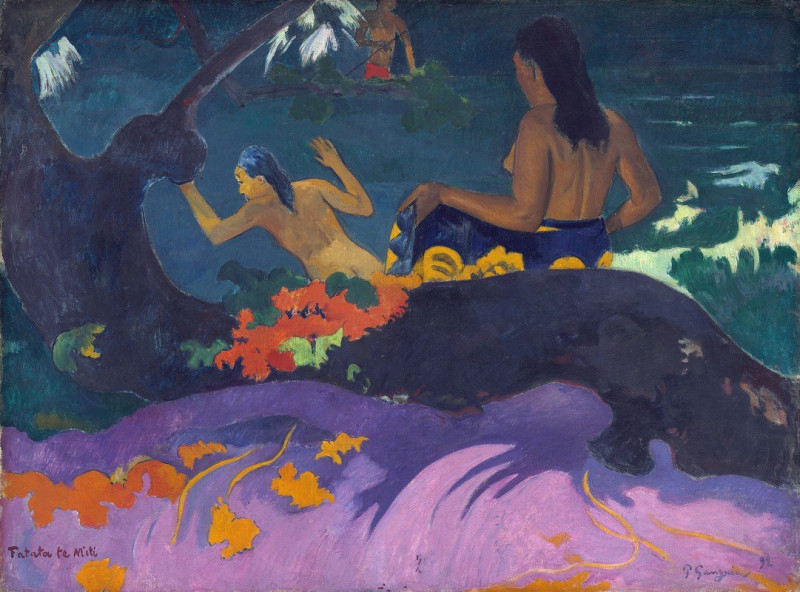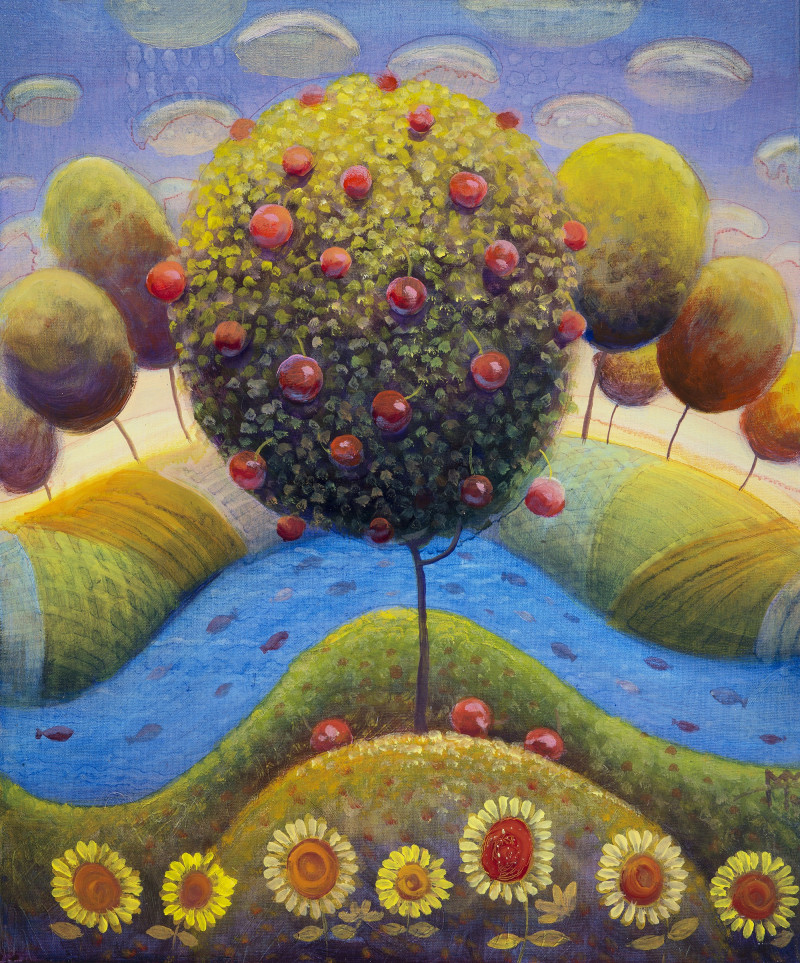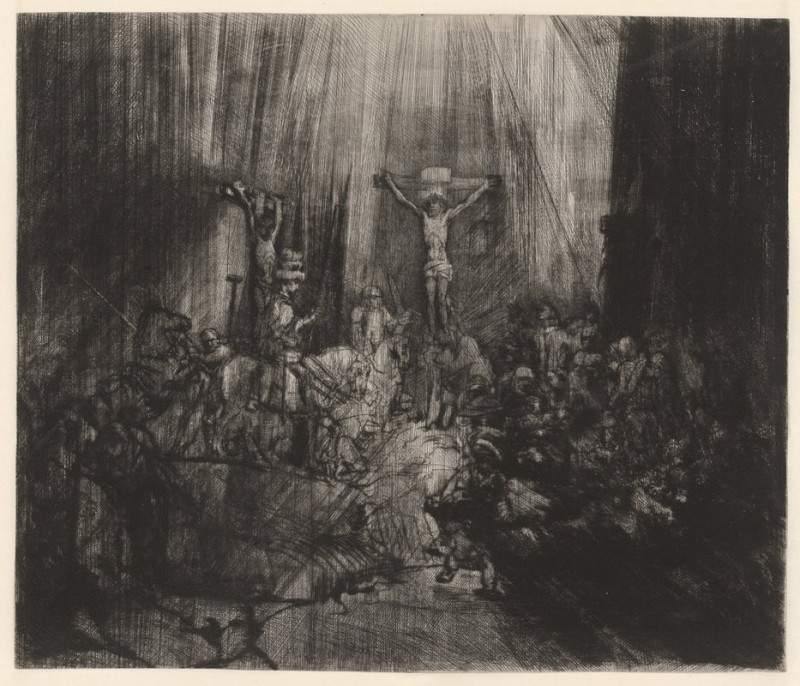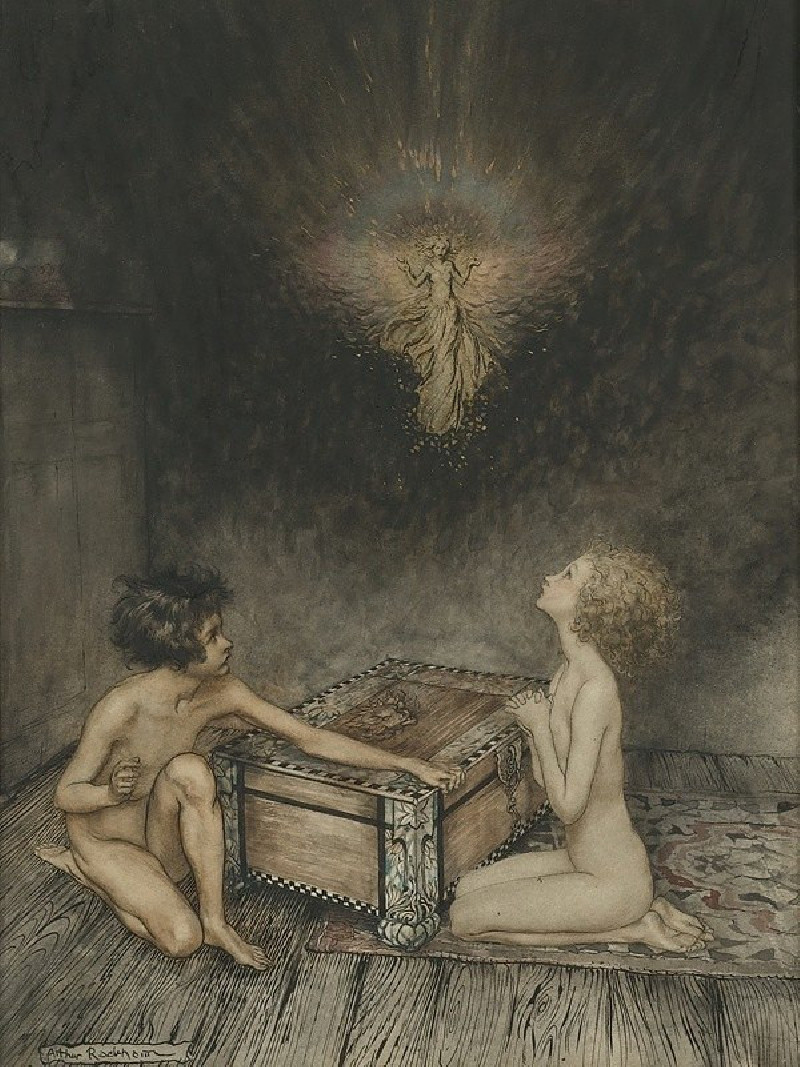Huslig scene i Cervara (1836)
Technique: Giclée quality print
Recommended by our customers
More about this artwork
This evocative painting by Danish artist Martinus Rørbye, titled "Huslig scene i Cervara" (Domestic Scene in Cervara), captures a moment of everyday life with remarkable warmth and cultural insight. Painted in 1836, the scene depicts two women in traditional attire engaged in simple domestic tasks.On the right, a seated young woman, with a striking red and white costume, busies herself with a spinning wheel, her face marked by a serene expression that softly draws in the viewer. Her attire, particularly the distinctive headwear, suggests cultural or regional significance, emphasizing the artist’s attention to detail and historical accuracy. Next to her, another woman, standing and clad in a blue skirt and a draped white headscarf, appears absorbed in sorting or preparing vegetables, possibly for a meal. Her posture and focus contrast with the more relaxed demeanor of the seated woman, adding a dynamic element to the composition.The background of the painting is understated, featuring muted colors and simple architectural elements that suggest a humble, rustic setting. This focusing of attention on the figures and their activities highlights Rørbye's skill in portraying intimate scenarios and his interest in the daily lives of ordinary people."Domestic Scene in Cervara" not only reflects Rørbye’s artistic mastery but also serves as a cultural document, providing insights into the domestic practices and traditional costumes of the period, capturing a piece of the everyday in a time long past.
Delivery
Returns
Martinus Christian Wesseltoft Rørbye was a Danish painter, known both for genre works and landscapes. He was a central figure of the Golden Age of Danish painting during the first half of the 19th century.
The most traveled of the Danish Golden Age painters, he traveled both north to Norway and Sweden and south to Italy, Greece and Constantinople. He was also the first Danish painter to take to painting in Skagen at the northern top of Jutland, almost half a century before the thriving community of Skagen Painters formed and came to fame, through Michael Ancher, Anna Ancher and P.S. Krøyer.

